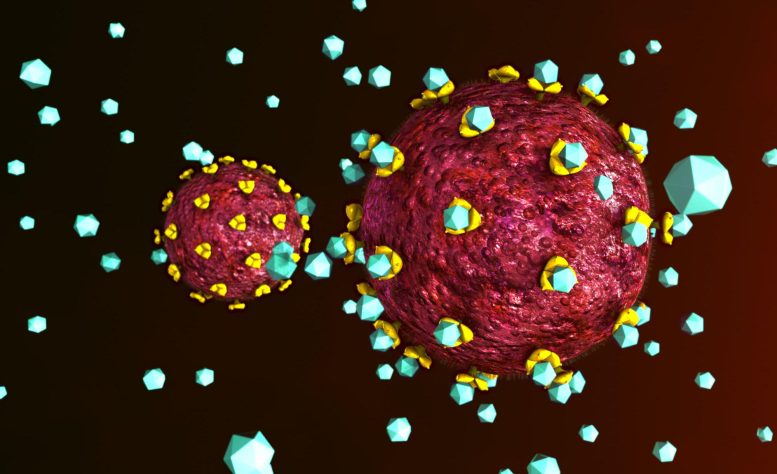
Human Immunodeficiency Virus (HIV) is a virus that attacks the immune system, making it difficult for the body to fight off infections and diseases. HIV is primarily transmitted through sexual contact, sharing of needles, or from mother to child during pregnancy, childbirth, or breastfeeding. If left untreated, HIV can progress to acquired immunodeficiency syndrome (AIDS), which can be fatal.
Researchers from Temple University and UNMC collaborate in a study recently published in the journal Proceedings of the National Academy of Sciences.
Gene-editing therapy targeting both HIV-1, the virus responsible for AIDS, and CCR5, the co-receptor assisting viral entry into cells, has been demonstrated to effectively eradicate HIV infection, according to new research from the Lewis Katz School of Medicine at Temple University and the University of Nebraska Medical Center (UNMC). This study, published in the journal Proceedings of the National Academy of Sciences (PNAS), marks the first instance of combining a dual gene-editing approach with antiretroviral medications to successfully cure animals of HIV-1.
“The idea to bring together the excision of HIV-1 DNA with inactivation of CCR5 using gene-editing technology builds on observations from reported cures in human HIV patients,” said Kamel Khalili, Ph.D., Laura H. Carnell Professor and Chair of the Department of Microbiology, Immunology, and Inflammation, Director of the Center for Neurovirology and Gene Editing, and Director of the Comprehensive NeuroAIDS Center at the Lewis Katz School of Medicine. “In the few instances of HIV cures in humans, the patients underwent bone marrow transplantation for leukemia, and the donor cells that were used carried inactivating CCR5 mutations.”
Dr. Khalili and Howard E. Gendelman, MD, Professor and Chair of the Department of Pharmacology and Experiential Neuroscience at UNMC, were senior investigators on the new study. The two researchers have been long-time collaborators and have strategically combined their research strengths to find a cure for HIV.
“We are true partners, and what we achieved here is really spectacular,” Dr. Gendelman said. “Dr. Khalili’s team generated the essential gene-editing constructs, and we then applied those constructs in our LASER-ART mouse model at Nebraska, figuring out when to administer gene-editing therapy and carrying out analyses to maximize HIV-1 excision, CCR5 inactivation, and suppression of viral growth.”
In previous work, Drs. Khalili and Gendelman and their respective teams showed that HIV can be edited out from the genomes of live, humanized HIV-infected mice, leading to a cure in some animals. For that research, Dr. Khalili and co-investigator, Rafal Kaminski, Ph.D., Assistant Professor at the Center for Neurovirology and Gene Editing at the Katz School of Medicine, combined their expertise in CRISPR gene-editing technology for targeting HIV-1 with a therapeutic strategy known as long-acting slow-effective release (LASER) antiretroviral therapy (ART) that was co-developed by Dr. Gendelman and Benson Edagwa, Ph.D., Assistant Professor of Pharmacology at UNMC. LASER ART holds HIV replication at low levels for long periods of time, decreasing the frequency of ART administration.
Despite being able to eliminate HIV in LASER-ART mice, the researchers found that HIV could eventually re-emerge from tissue reservoirs and cause rebound infection. This effect is similar to rebound infection in human patients who have been taking ART but suddenly stop or experience a disruption in treatment. HIV integrates its DNA into the genome of host cells, it can lie dormant in tissue reservoirs for long periods of time, out of reach of antiretroviral drugs. As a consequence, when ART is stopped, HIV replication renews, giving rise to AIDS.
To prevent rebound infection, Dr. Khalili and colleagues began work on next-generation CRISPR technology for HIV excision, developing a new, dual system aimed at permanently eliminating HIV from the animal model. “From success stories of human HIV patients who have undergone bone marrow transplantation for leukemia and been cured of HIV, our hypothesis was that the loss of the virus’s receptor, CCR5, is important to permanently eliminating HIV infection,” he explained. They developed a simple and more practical procedure for the inactivation of CCR5 that includes an IV inoculation of the CRISPR gene editing molecule.
Experiments in humanized LASER-ART mice carried out by Dr. Gendelman’s team showed that the constructs developed at Temple, when administered together, resulted in viral suppression, restoration of human T-cells, and elimination of replicating HIV-1 in 58 percent of infected animals. The findings support the idea that CCR5 has a key role in facilitating HIV infection.
The Temple team also anticipates soon testing the dual gene-editing strategy in non-human primates. To do so, Dr. Khalili will collaborate with Tricia H. Burdo, Ph.D., Professor and Vice Chair in the Department of Microbiology, Immunology, and Inflammation at the Katz School of Medicine, a known expert in the use of non-human primate models for studying HIV-1, who was also a co-author on the new study. Dr. Burdo and her team are interested in understanding the involvement of CCR5 in SIV-infected primates. Her laboratory previously played a key part in research demonstrating the effectiveness and safety of CRISPR-based technology in removing HIV DNA from primate cells.
The new dual CRISPR gene-editing strategy holds exceptional promise for treating HIV in humans. “It is a simple and relatively inexpensive approach,” Dr. Khalili noted. “The type of bone marrow transplant that has brought about cures in humans is reserved for patients who also have leukemia. It requires multiple rounds of radiation and is not applicable in resource-limited regions, where HIV infection tends to be most common.”
“Curing HIV is the big picture,” Dr. Gendelman added. “Through our ongoing collaboration, Temple and UNMC have carried out meaningful research that could ultimately impact the lives of many people.”
Reference: “CRISPR editing of CCR5 and HIV-1 facilitates viral elimination in antiretroviral drug-suppressed virus-infected humanized mice” by Prasanta K. Dash, Chen Chen, Rafal Kaminski, Hang Su, Pietro Mancuso, Brady Sillman, Chen Zhang, Shuren Liao, Sruthi Sravanam, Hong Liu, Emiko Waight, Lili Guo, Saumi Mathews, Rahsan Sariyer, R. Lee Mosley, Larisa Y. Poluektova, Maurizio Caocci, Shohreh Amini, Santhi Gorantla, Tricia H. Burdo, Benson Edagwa, Howard E. Gendelman and Kamel Khalili, 1 May 2023, Proceedings of the National Academy of Sciences.
DOI: 10.1073/pnas.2217887120
The study was funded by the National Institutes of Health.
Disclosures: Kamel Khalili is Co-Founder and Chief Scientific Consultant and holds equity in Excision BioTherapeutics, which has licensed the viral gene-editing technology from Temple University. Kamel Khalili and Rafal Kaminski are named inventors on patents that cover the viral gene-editing technology. Tricia Burdo serves on the Scientific Advisory Board and holds equity in Excision BioTherapeutics. These named researchers are employed by Temple University and conduct research activities sponsored by the company.
Drs. Howard Gendelman and Benson Edagwa are Co-Founders and Scientific Consultants in Exavir Therapeutics, which has licensed the ultra-long acting prodrug technology from the University of Nebraska Medical Center. Drs. Gendelman and Edagwa are named inventors on patents that cover the LASER ART technology. Drs. Khalili and Gendelman have not received financial compensation from any other third parties for any aspects of this published work.
In addition to owning the viral gene-editing technology that Excision is licensing, Temple University also holds an equity interest in Excision. As a result of these interests, Temple University could ultimately potentially benefit financially from the outcome of this research. In addition to having an ownership interest in the long-acting antiretroviral technology that Exavir has licensed, UNMC’s technology transfer organization, UNeMed, also holds an equity interest in Exavir. As a result of these interests, UNMC could potentially benefit financially from the outcome of this research.


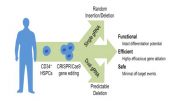
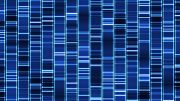
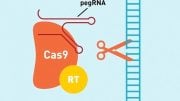
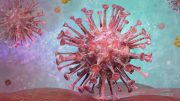
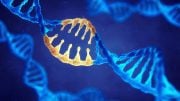
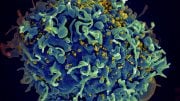
Be the first to comment on "New Study: Gene Therapy Can Effectively Eliminate HIV Infection"